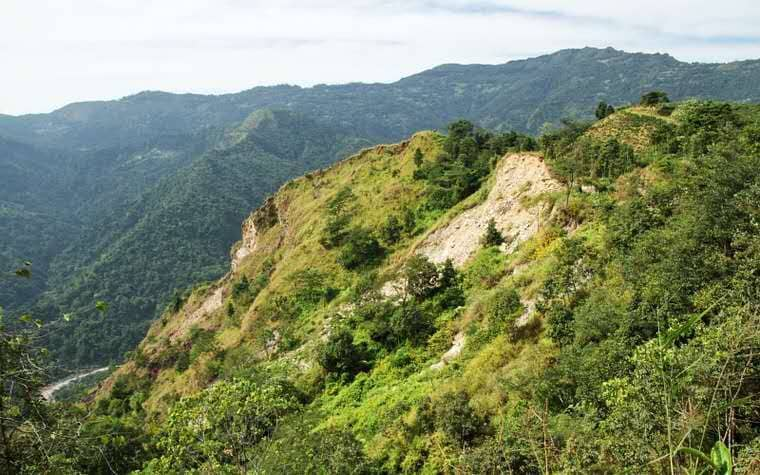During the IUCN World Conservation Congress in Abu Dhabi, an expert raised alarm over the recent landslides in Darjeeling, calling them a stark reminder of how vulnerable India’s hill regions are to extreme weather events. Heavy rains in early October triggered destructive landslides across Darjeeling and the adjacent North Bengal areas, destroying homes, blocking roads, and causing loss of life.
The congress—held every four years—brought together thousands of conservationists, policymakers, and environmental specialists. Among its core themes were localizing climate finance, promoting nature-positive development, and prioritizing resilience in mountainous ecosystems. Delegates emphasized the urgency of tailoring climate funds to reach vulnerable communities swiftly.
On the sidelines, Tirtha Prasad Saikia, director of the North-East Affected Area Development Society (NEADS), spoke of his experience managing disasters across northeastern India. He warned that local systems too often respond reactively rather than proactively. Weak enforcement of hazard zoning, inadequate early-warning systems, and construction in risky zones amplify the danger when heavy rains strike.
Saikia pointed out that Darjeeling and the Eastern Himalayas are especially susceptible to landslides due to steep terrain, fragile geology, and human activities such as hill-cutting and deforestation. These practices degrade natural buffers and intensify the impact of extreme rainfall, turning what might otherwise be manageable into full-blown disasters.
He stressed that development models in these regions often prioritize short-term gains—tourism, roads, housing—without adequate ecological assessment, undermining long-term safety. Communities frequently face sudden displacement, loss of livelihoods, and connectivity breakdown just as relief is most needed.
However, Saikia also highlighted promising local innovations: living root bridges in Meghalaya, stilt houses among indigenous groups, community-run early-warning networks, and wetland restoration strategies. These nature-based approaches, he argued, often outperform conventional infrastructure by enhancing soil stability, improving water absorption, and restoring natural flood buffers.
Saikia urged that climate finance must reach the ground more rapidly. He recommended micro-grants, locally governed funds, and blending seed capital with technical support. Such mechanisms, he said, help communities adopt durable, scalable resilience strategies tailored to their landscapes.
Looking ahead, Saikia sees the IUCN Congress as a key platform for region-wide collaboration on mountain adaptation. He called for coordinated basin-level planning, shared hazard-mapping tools, and multi-year agreements between donors, governments, and local stakeholders. For India, he proposed the creation of a National Mountain and Riverine Resilience Mission to coordinate hazard mapping, land-use enforcement, and funding for nature-based solutions.
The message was clear: disasters like those in Darjeeling are not isolated events but urgent calls to overhaul how climate funding and disaster resilience are designed and deployed—especially for the most vulnerable landscapes and communities.










